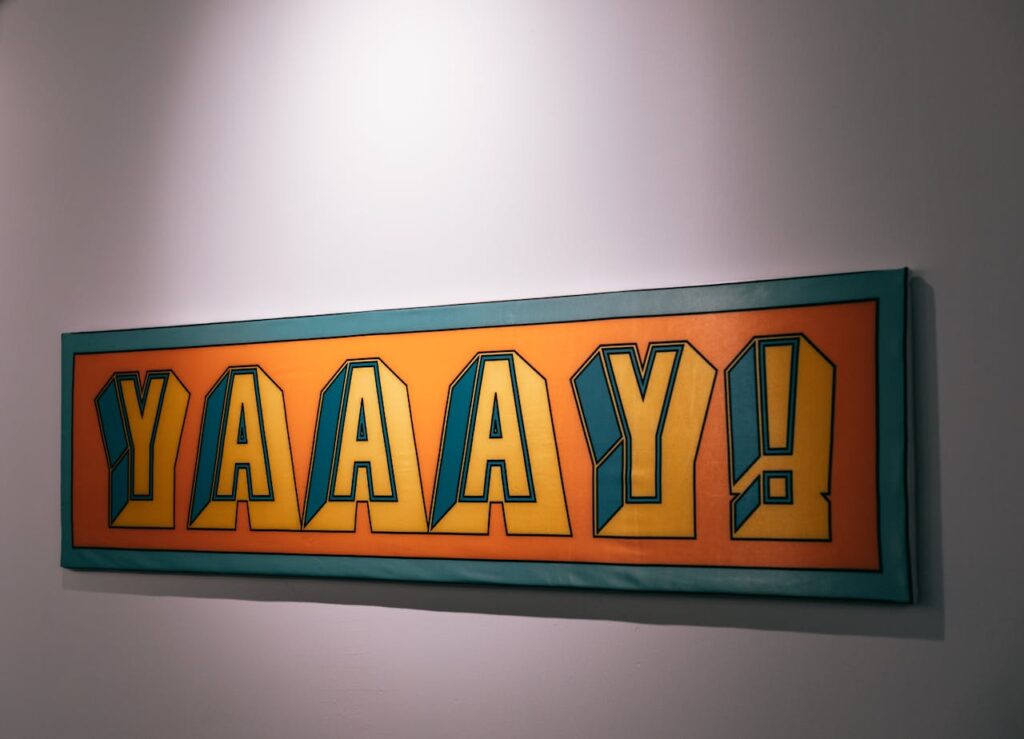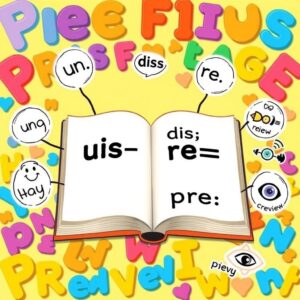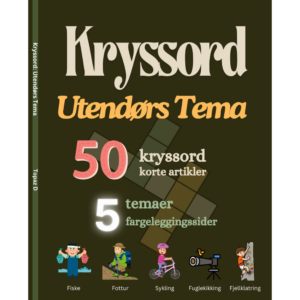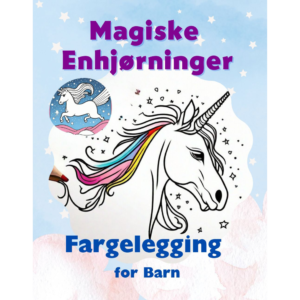
Explore & Play
Discover interesting topics and solve the accompanying crossword puzzle.
Exclamation Crossword | Power of Exclamations in Everyday Language
Table of Contents
Exclamation Crossword
You can either fill in the crossword puzzle directly on this page or click the button in the bottom right corner to print it for free.

The Power of Exclamations: How Expressions Shape Our Daily Conversations
From moments of joy to expressions of frustration, exclamations play a vital role in how we communicate our emotions every day. These brief but powerful words add color to our conversations, helping us express feelings that would otherwise be difficult to convey. Whether you’re saying “Wow!” in amazement or “Ugh!” in frustration, exclamations allow us to instantly release emotions, making them a crucial aspect of human language. In this article, we’ll explore the fascinating role of exclamations in language, how they’ve evolved, and why they’re more important than you might think.
The Role of Exclamations in Everyday Speech
Whether we’re expressing excitement with a “Yippee!” or disappointment with a “Drat!”, exclamations punctuate our everyday speech with bursts of emotion. These words serve as instant emotional responses, often coming to us in moments of surprise, relief, anger, or joy.
Exclamations are typically single words or short phrases, yet they pack a lot of emotional weight. They are often used unconsciously, reflecting our most immediate feelings. You might say “Oops!” when you make a small mistake, or “Yikes!” when something startles you. These simple words allow us to express big emotions without needing to explain ourselves further.
How Exclamations Help Us Communicate Emotion
Exclamations are verbal shortcuts, conveying complex emotions in a simple sound. In the heat of the moment, when you’re overwhelmed by excitement or surprise, it’s much easier to exclaim “Wow!” than to explain why you’re impressed. In this way, exclamations allow for spontaneous expression, making communication faster and more dynamic.
Think about how often you use phrases like “Phew” to express relief after a stressful situation or “Holy moly!” when something unexpected happens. These words act as emotional triggers, letting others instantly know how we feel without any need for explanation. This emotional efficiency is a key reason why exclamations are so prevalent in everyday language.
Exclamations and Their Historical Roots
Some of our most commonly used exclamations, like “Alas” and “Zounds,” have surprisingly deep historical roots. Many of these words originated centuries ago, evolving from old languages and religious phrases. Exclamations like “Gadzooks” (a contraction of “God’s hooks”) and “Zounds” (from “God’s wounds”) were once used as expressions of surprise or disbelief, though their religious origins have faded over time.
How Exclamations Have Evolved Over Time
Over time, language changes, and so do the exclamations we use. While people once used “Fiddlesticks!” to express mild frustration, today we might say “D’oh!” or “Dang!” instead. These shifts often reflect broader changes in language and culture, as new generations invent or popularize their own expressions.
For example, modern exclamations like “Geez” and “Whoa” have become commonplace, replacing older phrases like “Alack!” and “Egad!” But no matter how much language evolves, the emotional power of exclamations remains the same. These words serve the same purpose today as they did centuries ago: to give voice to our raw, immediate emotions.
How Different Cultures Use Exclamations
Around the world, exclamations vary greatly, but their core function—expressing emotion—remains the same. While English speakers might say “Wow” to express surprise, Norwegians might exclaim “Oi!” or “Huff!” in moments of frustration. Every language has its own set of exclamations, tailored to the emotional needs of its speakers.
Crossword Puzzles: A Fun Way to Learn Exclamations Across Cultures
Crossword puzzles can be a fun and interactive way to explore exclamations from different cultures. In these puzzles, you often come across short, emotionally charged words like “Ah” or “Eek,” which are universally understood. These puzzles encourage players to think about language in new ways, forcing them to recall how they express emotions in different contexts.
By playing crossword puzzles, you can expand your vocabulary and discover exclamations you may not have used before. For example, words like “Gosh!” or “Bravo!” can help you express emotions more vividly in everyday life, while also making your crossword-solving skills sharper.
Exclamations for Different Emotions
Our emotional landscape is varied, and so are the exclamations we use to express them. Whether you’re thrilled, startled, or disappointed, there’s likely an exclamation that perfectly fits the moment.
Joy & Excitement
We use words like “Yippee!” and “Hooray!” to express joy and excitement. These exclamations are often accompanied by physical gestures, like jumping or clapping, which heighten the emotional release. For example, after winning a game or hearing good news, you might shout “Yay!” to instantly share your happiness.
Frustration & Disappointment
When things don’t go as planned, exclamations like “Drat!” or “Dang!” help us release frustration. These words offer a mild form of emotional relief, allowing us to vent without resorting to stronger language. For instance, when you misplace your keys, an “Ugh!” might escape your lips, expressing your irritation with the situation.
Surprise
Exclamations like “Wow!” and “Holy moly!” come naturally when we’re surprised. Whether you witness an impressive feat or hear shocking news, these words provide an immediate response to the unexpected. A simple “Gee!” can convey a wide range of surprises, from pleasant astonishment to disbelief.
Fear or Shock
When fear or shock hits, exclamations like “Eek!” or “Yikes!” are reflexive. These short, sharp words convey alarm in an instant, letting others know you’re startled. For example, if something suddenly falls off a shelf, a quick “Whoa!” is a natural response to the sudden movement.
Pain
Exclamations like “Ouch!” and “Ah!” are universally understood expressions of pain. Whether you stub your toe or burn your hand, these words allow you to vocalize your discomfort. Even small pains elicit an “Ow!” as an automatic reaction, connecting body and language.
Relief
Exclamations like “Phew!” and “Whew!” help us express relief after a stressful or tense situation. These words often follow a moment of anxiety, signaling that the worst is over. For example, after finishing a difficult task, you might let out a “Phew!” to show you’re glad it’s done.
The Subtle Differences Between Similar Exclamations
While some exclamations may seem interchangeable, they carry subtle emotional differences. For example, “Oops!” typically signals a minor mistake, while “Whoops!” suggests a more serious blunder. Similarly, “Bravo!” is used to praise someone’s performance, while “Hooray!” is more celebratory, often marking an achievement or victory.
Exclamations in Modern Media and Pop Culture
From cartoons to famous TV catchphrases, exclamations have a prominent place in modern pop culture. Think of “D’oh!” from The Simpsons or “Zoinks!” from Scooby-Doo. These exclamations have transcended their original contexts, becoming part of everyday speech.
Exclamations as Catchphrases in Popular Media
Some exclamations become catchphrases, gaining a life of their own in popular media. For example, “Holy cow!” is a phrase frequently heard in movies and TV shows, often used to express disbelief or amazement. Over time, these phrases enter our daily vocabulary, blending fiction with reality.
The Science Behind Why We Use Exclamations
There’s more to exclamations than just words—they play an essential role in human communication, helping us to process and express emotion. Psychologists suggest that exclamations serve as a form of emotional regulation, allowing us to release tension or express excitement quickly and efficiently.
Why We Rely on Short Words to Express Big Emotions
Short exclamations allow us to instantly release feelings, whether it’s frustration or joy. These words are easy for the brain to process, providing a verbal outlet for strong emotions. For example, shouting “Ugh!” when you’re annoyed provides an immediate sense of relief, helping you manage your frustration without escalating the situation.
When and How to Use Exclamations in Writing
While exclamations are often associated with spoken language, they can be equally powerful in written communication. In literature, exclamations add drama and emotion to dialogue, helping readers connect with the characters. Writers often use exclamations to punctuate moments of surprise or excitement, giving their stories a more dynamic feel.
The Right Time to Use Exclamations in Your Writing
While exclamations can add flair to your writing, using them too often can dilute their impact. To keep exclamations effective, they should be reserved for moments that genuinely require heightened emotion. For example, a character shouting “Yippee!” after a thrilling success will feel more authentic if exclamations are used sparingly throughout the narrative.
The Subtle Art of Choosing the Right Exclamation
Not all exclamations are created equal—choosing the right one depends on the context and emotion you want to convey. Whether you’re expressing surprise, joy, or frustration, using the perfect exclamation can elevate your message.
How to Pick the Perfect Exclamation for Different Conversations
Choosing the right exclamation can make all the difference in how your message is received. For instance, if you’re celebrating good news, a hearty “Bravo!” might be the right choice. On the other hand, if you’re surprised by something unexpected, a quick “Whoa!” will do the job.
Final Thoughts on the Impact of Exclamations
Exclamations are small but mighty expressions that help us navigate our emotional world. Whether spoken or written, these words provide an immediate outlet for feelings, making communication more efficient and emotionally rich. Understanding how to use them effectively can elevate both everyday conversations and written communication.
Want to see how exclamations fit into other areas of language? Dive into a fun crossword puzzle today and explore the world of words in a whole new way!
Share to...
I hope you enjoy the content.
Want to receive our daily crossword puzzle or article? Subscribe!
You may also be interested in
Share to…
Want to receive our daily crossword puzzle?
-
Jigsaw Puzzles
Nordkapp Abstract Art Jigsaw Puzzle 250 | 300 | 500 Pieces
kr 348,00 – kr 439,00Price range: kr 348,00 through kr 439,00 Select options This product has multiple variants. The options may be chosen on the product page -
Jigsaw Puzzles
Cozy Art Nouveau Cat Puzzle 250 | 300 | 500 Pieces
kr 348,00 – kr 439,00Price range: kr 348,00 through kr 439,00 Select options This product has multiple variants. The options may be chosen on the product page -
Jigsaw Puzzles
Norwegian Stave Church Abstract Jigsaw Puzzle 250 | 300 | 500 Pieces
kr 348,00 – kr 439,00Price range: kr 348,00 through kr 439,00 Select options This product has multiple variants. The options may be chosen on the product page

















